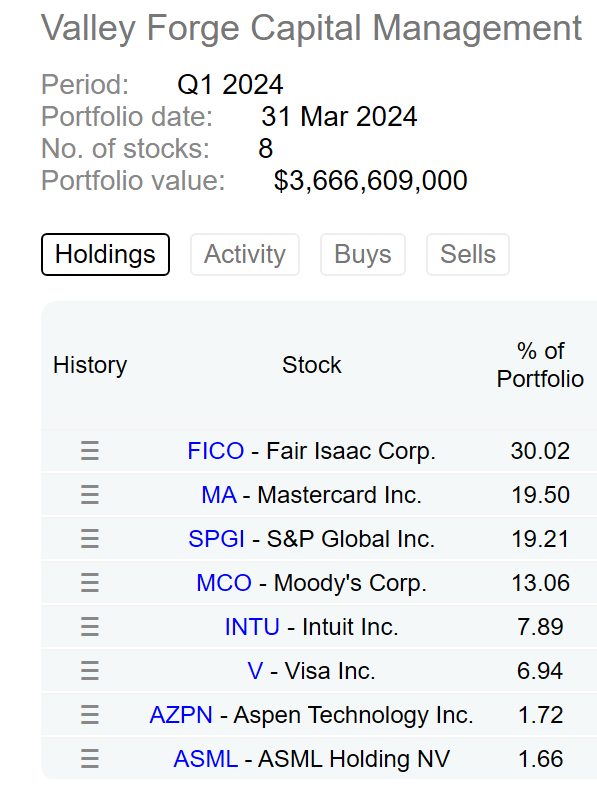
Valley Forge Capital Management puts $3.7 billion capital into 8 individual stocks. But you’re worried your 30k portfolio isn’t diversified enough with just one ETF holding 500 stocks.
Tech, Business, Finance and Everything Else
Value investing is a timeless investment strategy that has been used by some of the most successful investors in history, including Warren Buffett. Value investors look for stocks that are trading below their intrinsic value, with the belief that these stocks will eventually revert to their fair market value and provide a profit for investors.
This ebook is designed to introduce new investors to the basics of value investing. It will cover the following topics:
What is Value Investing?
Value investing is an investment strategy that involves buying stocks that are trading below their intrinsic value. Intrinsic value is the true worth of a stock, based on its underlying fundamentals.
Value investors believe that the stock market is often irrational and that stock prices can fluctuate wildly, even when the underlying fundamentals of a company remain strong. This can create opportunities for value investors to buy stocks at a discount to their intrinsic value.
The History of Value Investing
The history of value investing can be traced back to Benjamin Graham, who is considered the father of value investing. Graham was a professor at Columbia University and a successful investor. He wrote a number of books on value investing, including The Intelligent Investor and Security Analysis.
Graham’s teachings were popularized by his student, Warren Buffett. Buffett is one of the most successful investors in history, and he has used value investing principles to generate billions of dollars in wealth for himself and his shareholders.
The Principles of Value Investing
The principles of value investing are simple, but they can be difficult to apply in practice. The following are some of the key principles of value investing:
How to Identify Undervalued Stocks
There are a number of ways to identify undervalued stocks. One common method is to look at a company’s financial statements and valuation ratios.
Value investors typically look for stocks with strong financial statements and low valuation ratios. For example, value investors may look for stocks with a low price-to-earnings ratio (P/E ratio) or a high dividend yield.
How to Construct a Value Investing Portfolio
Once you have identified a number of undervalued stocks, you need to construct a value investing portfolio. This involves diversifying your investments across a variety of sectors and industries. It also involves managing your risk by investing in a variety of stocks with different valuation ratios.
Common Mistakes to Avoid When Value Investing
There are a number of common mistakes that investors make when value investing. Some of the most common mistakes include:
Conclusion
Value investing is a time-tested investment strategy that has been used by some of the most successful investors in history. By following the principles of value investing, new investors can position themselves for long-term success.
Additional Resources
If you are interested in learning more about value investing, here are a few additional resources:
I have been running investment portfolios for a company and also some high net worth individuals for the past 5 years. Over those years I have managed to beat the S&P 500 index every year in terms of overall yearly returns. I have always had a very simple investment philosophy which revolves around Benjamin Grahams teachings with a few tweaks for the modern day (also look up to Warren Buffett).
Im going to be starting a section on here for personal finance in which I’m going to tell everywhere when I’m buying a stock – at what price and why. I hope this might give everyone a little insight into my thinking.
I have started a new category on here called Portfolio. This will be the easiest place to follow the latest happenings.
I’m hoping this just helps one other person!